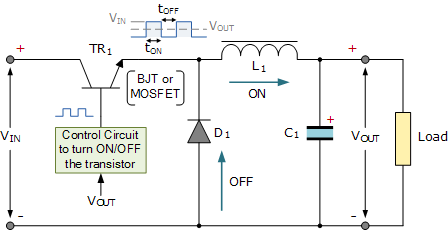SMPS Voltage Regulation Techniques for Beginners

Switch Mode Power Supplies (SMPS) are widely used in electronics to efficiently convert voltage levels. However, voltage regulation in SMPS circuits can sometimes pose a challenge, especially for hobbyists and engineers building their own projects. Understanding how to stabilize voltage in your circuits is crucial to avoid potential damage to sensitive components and ensure reliable performance.
The Problem :
In an SMPS, the input voltage may fluctuate, leading to unstable output voltages. This can cause malfunctioning of your circuit or even damage components over time. Voltage regulation is the technique used to keep the output voltage stable despite variations in the input.
The Solution :
One common way to achieve voltage regulation is by using feedback loops in the SMPS. This involves monitoring the output voltage and adjusting the switching frequency or duty cycle to maintain a constant voltage. A simple regulator, such as a buck converter, can step down voltage while maintaining regulation.
Practical Example :
Imagine you’re powering an Arduino from a 12V battery, but the battery voltage is dropping. Without proper regulation, your Arduino might reset or behave erratically. By adding a buck converter, the 12V input is smoothly converted to a steady 5V output, ensuring your Arduino runs without issues, regardless of battery fluctuations.
Sample Calculation :
Suppose you want to power a 5V device from a 12V source using a buck converter. The efficiency of the converter is 80%. If your device requires 0.5A at 5V, the input current needed can be calculated as:
You want to power a 5V device using a 12V source through a buck converter with 80% efficiency. The device requires 0.5A at 5V.
Step 1: Calculate Output Power
- Formula: Output Power = Voltage × Current
- Output Power = 5V × 0.5A = 2.5W
Step 2: Calculate Input Power (taking efficiency into account)
- Formula: Input Power = Output Power / Efficiency
- Input Power = 2.5W / 0.8 = 3.125W
Step 3: Calculate Input Current
- Formula: Input Current = Input Power / Input Voltage
- Input Current = 3.125W / 12V = 0.26A
So, the input current needed is 0.26A.
Shop Now!
To improve your prototyping experience, check out high-quality MOSFETs and buck converter modules, designed for efficient voltage regulation. Shop now at SmartXProKits.in and support India’s innovation. Buy from our Make in India site!




















